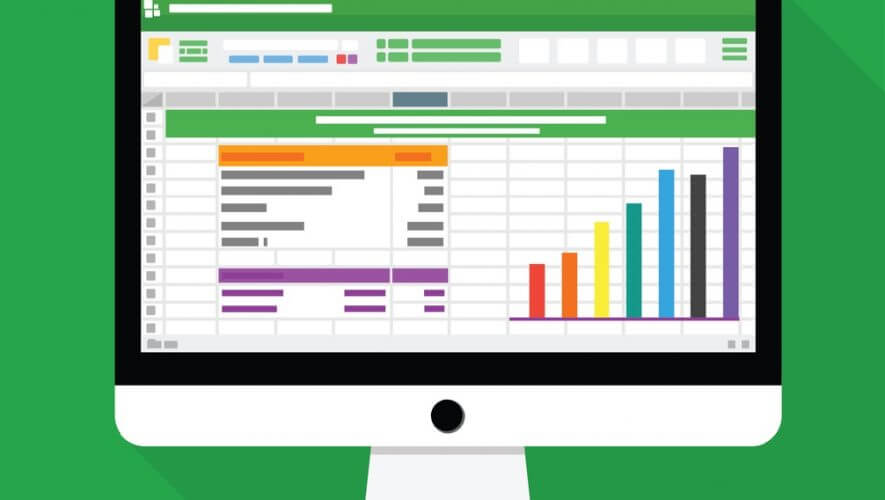More and more of the largest companies in the United States are using their favorite nonstandard accounting metrics to forecast earnings, and as long as the Securities and Exchange Commission allows it, they’ll continue to do it.
For example, Newell Brands Inc., which makes Sharpie markers and Rubbermaid containers, forecasts that a key measure of its income, what it calls “normalized earnings per share,” could rise as high as $2.85 this year from $2.75 in 2017, Bloomberg Opinion columnist Stephen Gandel wrote. But Newell’s actual earnings under GAAP will likely drop—sales of its Graco strollers have taken a hit due to Toys R Us going out of business.
According to Gandel:
Newell’s management, despite being able to forecast its favored normalized EPS metric as well as operating cash flow, says it’s unable to predict what its actual bottom line could be and even states that doing so would mislead investors. Four Wall Street analysts say Newell’s net income, as measured by GAAP, could fall to $2 a share this year.
Management-adjusted earnings present a clearer picture of a company’s operations than GAAP earnings, executives and accountants say. Public companies are required to report GAAP earnings, but the SEC wants those that also opt to report adjusted results to detail what adjustments were made.
Not so when it comes to forecasts, according to Gandel:
For forecasts, companies are allowed to use management’s preferred adjusted numbers without telling investors what they think their GAAP earnings will be or what adjustments have been made. Those adjustments are supposed to be consistent from quarter to quarter, but even that doesn’t have to be strictly followed. The SEC’s sole requirement is that companies that provide only adjusted forecasts have to state that predicting earnings based on standard accounting rules would be either too hard or too costly, which is exactly what more and more companies are doing.
According to Audit Analytics data, 277 of the companies in the S&P 500 Index currently give non-GAAP guidance in their earnings forecasts, up from 260 two years ago, according to Gandel’s article. Of those 277, 120 give non-GAAP guidance only, while 56 give both GAAP and non-GAAP forecasts but don’t detail how those two forecasts compare.
Companies that use non-GAAP metrics in their earnings forecasts appear to be pulling the wool over investors’ eyes, but as Gandel stated, “If companies continue to make their projections as sunny as possible, investors could react harshly when it becomes clear just how much in the clouds the forecasts have become.”
Image: iStock/vvvita




